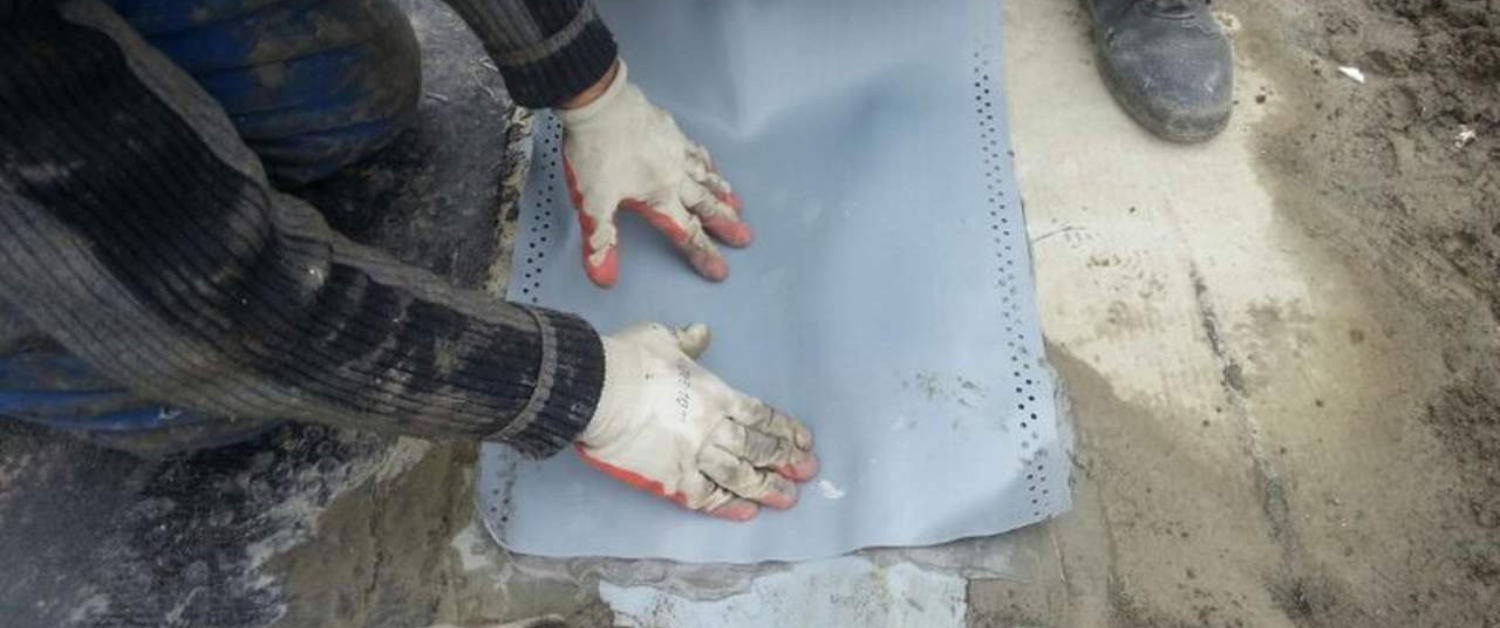Expansion Joint

Expansion Joint
Expansion joints are designed to safely absorb the heat-induced expansion and contraction of construction materials. They are essential in preventing cracks and damage in large concrete structures such as bridges, roofs, floors, and industrial buildings. Properly installed expansion joints ensure long-term durability and performance by allowing controlled movement within the structure.
Application Method
The process begins with the preparation and cleaning of the joint gap to remove dust, oil, and debris. A suitable backer rod is inserted to control the sealant depth. The joint is then filled with an appropriate sealant — typically polyurethane, polysulfide, or silicone-based — which remains flexible under thermal or structural movement. For larger expansion joints, metal or rubber covers may also be installed to provide additional protection.
Expansion joints should always be installed at regular intervals in large concrete slabs, walls, and roofs. They are particularly important in industrial floors, parking decks, and building facades to accommodate movement and prevent cracking.
- Prevents cracks due to thermal expansion
- Enhances durability of concrete structures
- Ensures flexibility and long-term stability
- Suitable for industrial, commercial, and civil structures

Expansion joints are a critical component of modern construction systems. They provide controlled flexibility, prevent structural damage, and extend the lifespan of concrete elements in buildings and infrastructure projects.
FAQs about Expansion Joint
What is the purpose of an expansion joint?
Expansion joints allow movement caused by temperature changes, shrinkage, or vibration, preventing cracks and structural damage.
